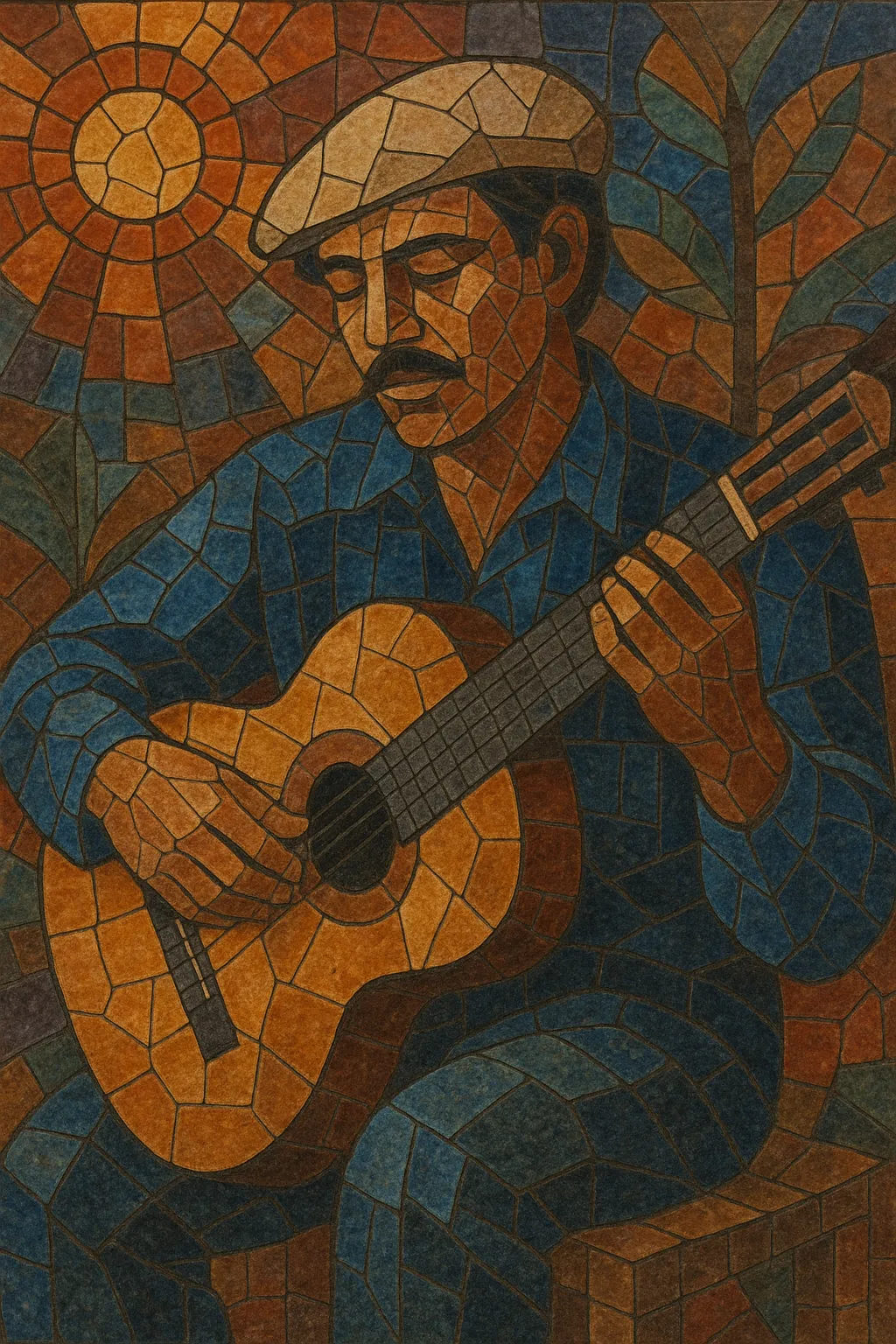Nueva trova is a Cuban singer‑songwriter movement that emerged in the late 1960s, blending the poetic intimacy of the island’s older trova tradition with socially conscious, often revolutionary, lyrics.
It is typically guitar‑led and intimate, but can expand to small ensembles with subtle jazz‑inflected harmonies, echoing the filin (feeling) style and the romanticism of bolero while drawing rhythmic color from Cuban son and guajira.
While aesthetically close to the broader Latin American nueva canción, nueva trova is distinctly Cuban in its idiom, metaphorical language, and engagement with post‑1959 cultural life.
Nueva trova took shape in Cuba in the years after the 1959 Revolution, with young songwriters renewing the island’s trova lineage (dating back to the 19th century) through contemporary poetry, refined harmonies, and explicitly social themes. Early figures such as Silvio Rodríguez, Pablo Milanés, and Noel Nicola coalesced around cultural institutions, peñas (song circles), and festivals that encouraged thoughtful, literary songwriting.
Musically, nueva trova preserved the voice‑and‑guitar core of traditional trovadores while absorbing the lush lyricism of bolero, the jazz‑tinged harmonic palette of Cuban filin, and understated rhythmic gestures from son and guajira. The result was an intimate, reflective sound where text and melody lead, enriched by extended chords and careful voice‑leading.
In parallel with—and in dialogue with—the wider nueva canción across Chile, Argentina, and elsewhere, Cuban nueva trova emphasized poetic metaphor and civic reflection. Its leading songs circulated widely in Latin America and Spain, influencing Spanish‑language singer‑songwriters and the lyric sensibility of later rock en español.
By the 1980s and 1990s, a second wave (e.g., Carlos Varela, Frank Delgado, Santiago Feliú) carried the style forward, updating its themes for new generations. Today, nueva trova remains a touchstone in Cuba and beyond for intimate, text‑driven music with a socially reflective core.


